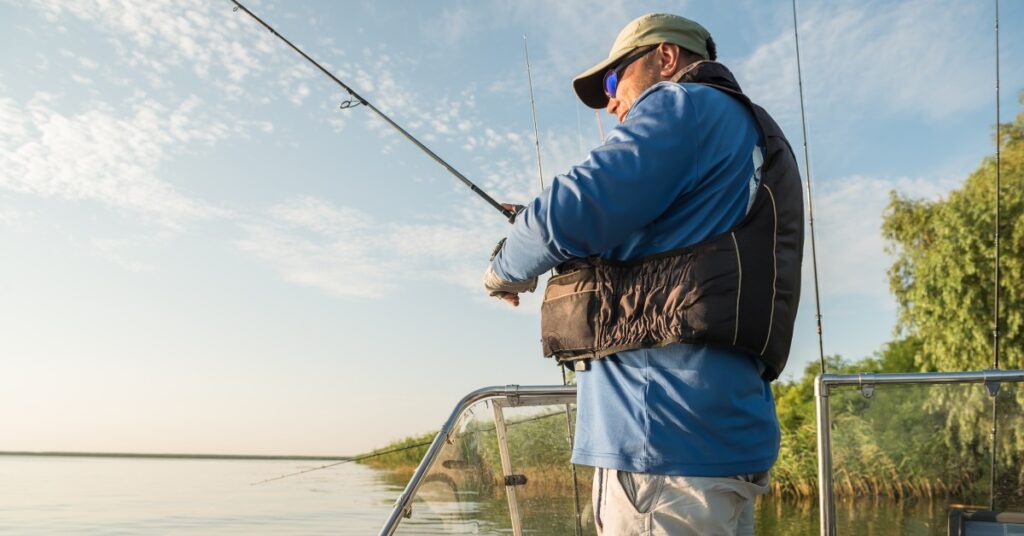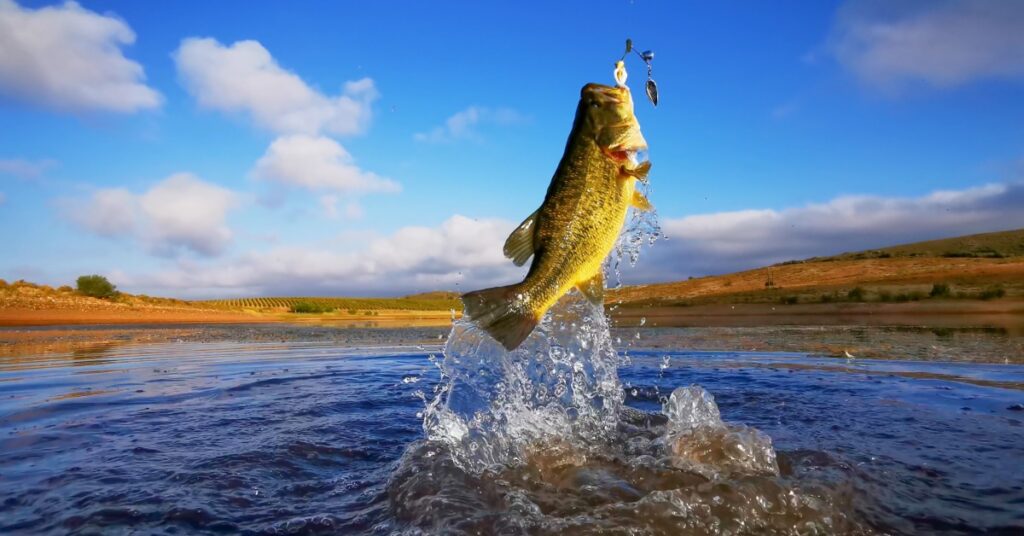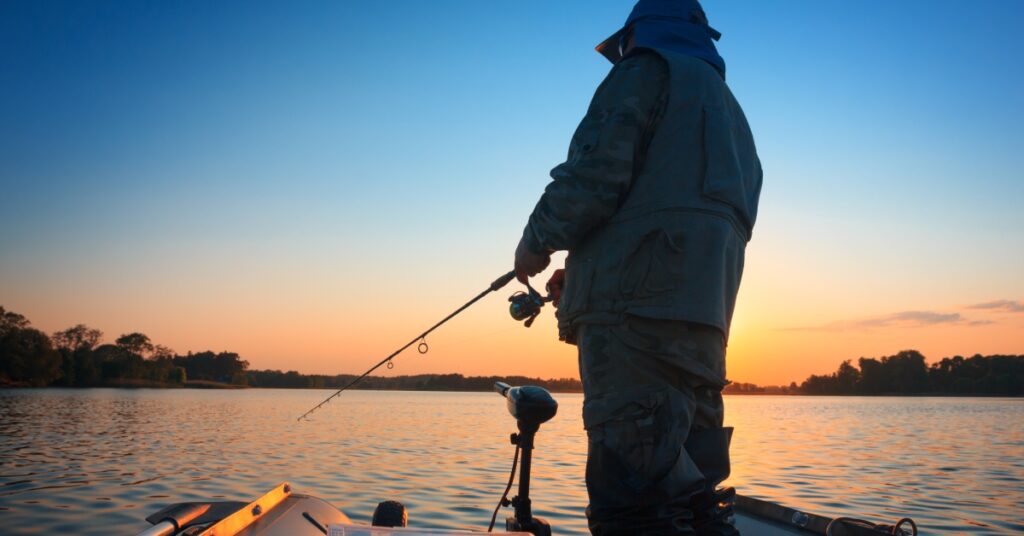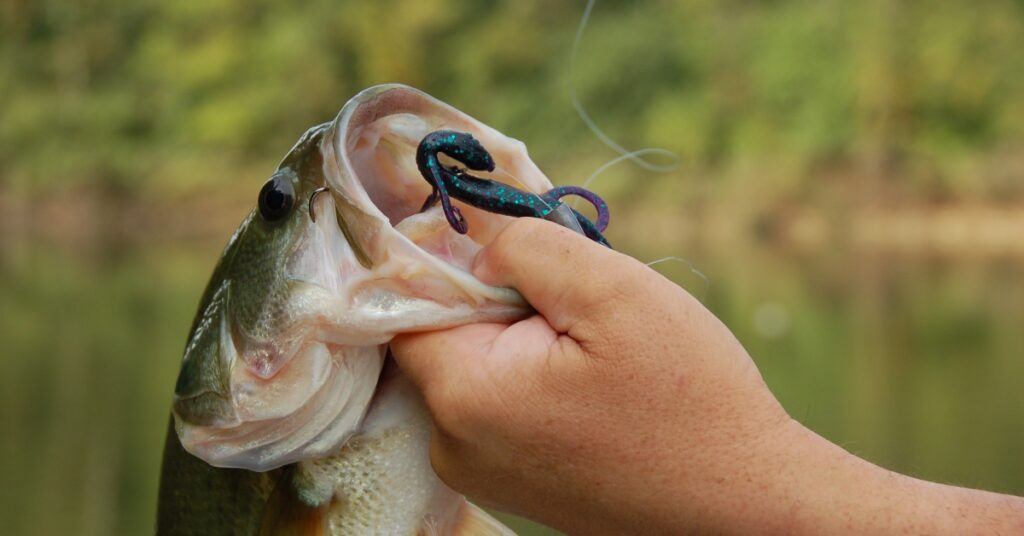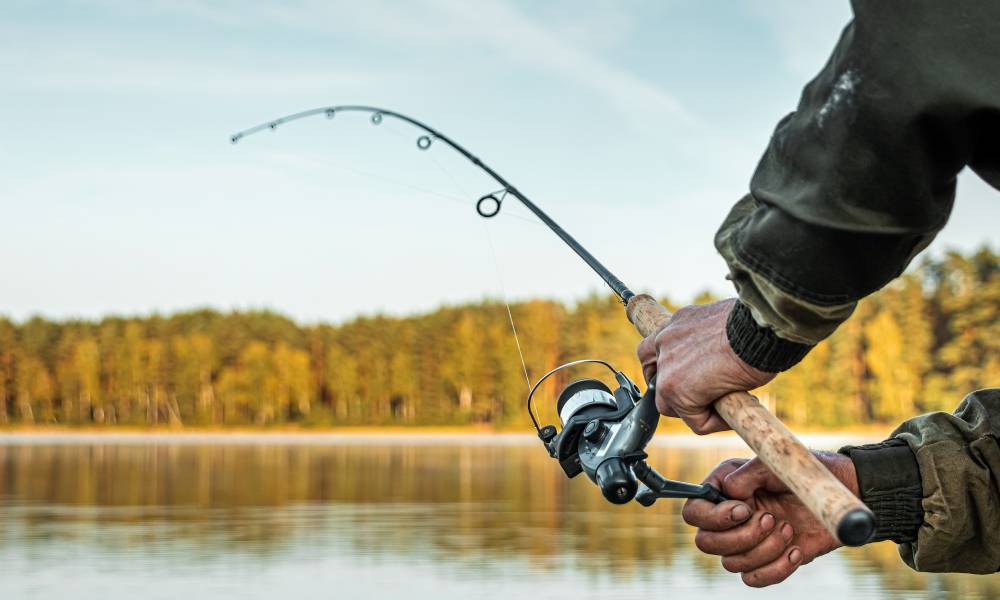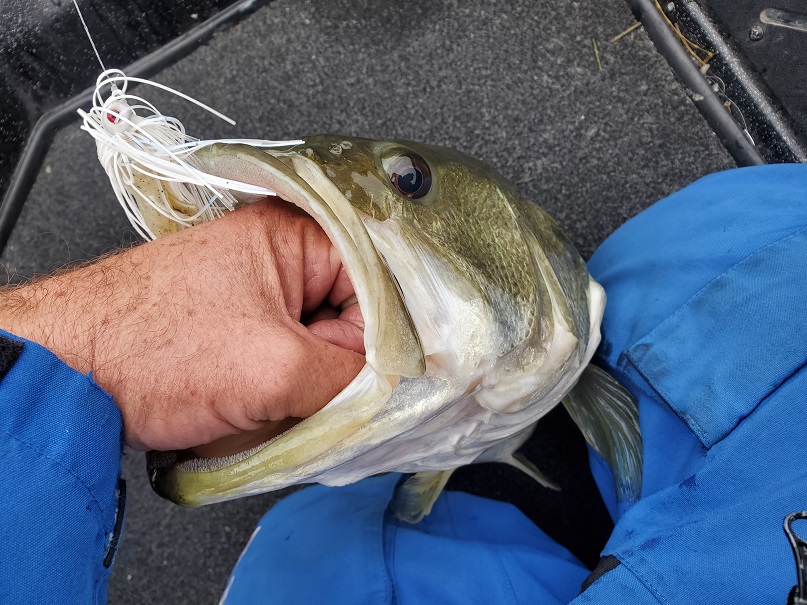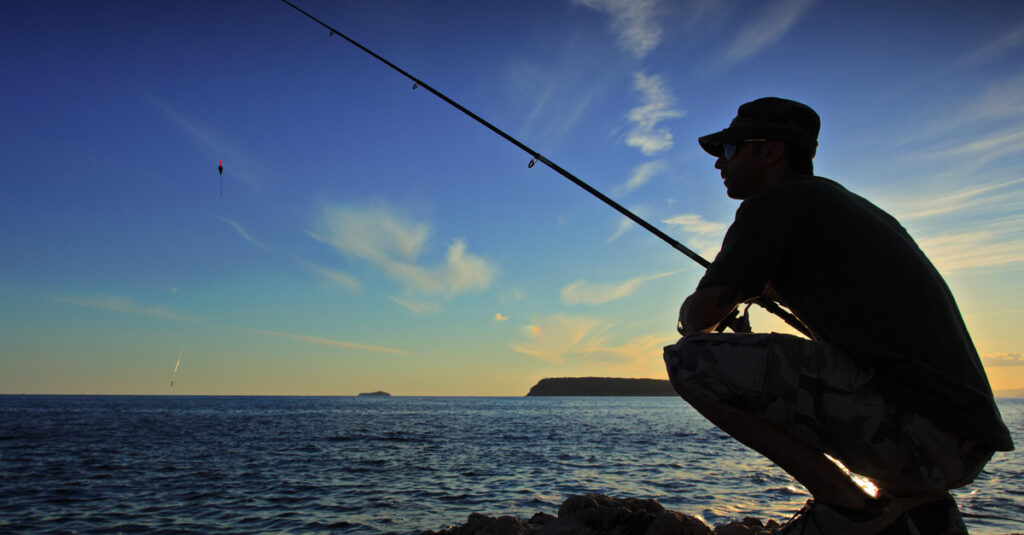
If you’re looking for a new adventure when it comes to bass fishing in Texas, it’s time for you to try night fishing. There’s nothing quite like the experience of dropping a line into the moonlit waters while the sounds of nature surround you.
[Read more…]